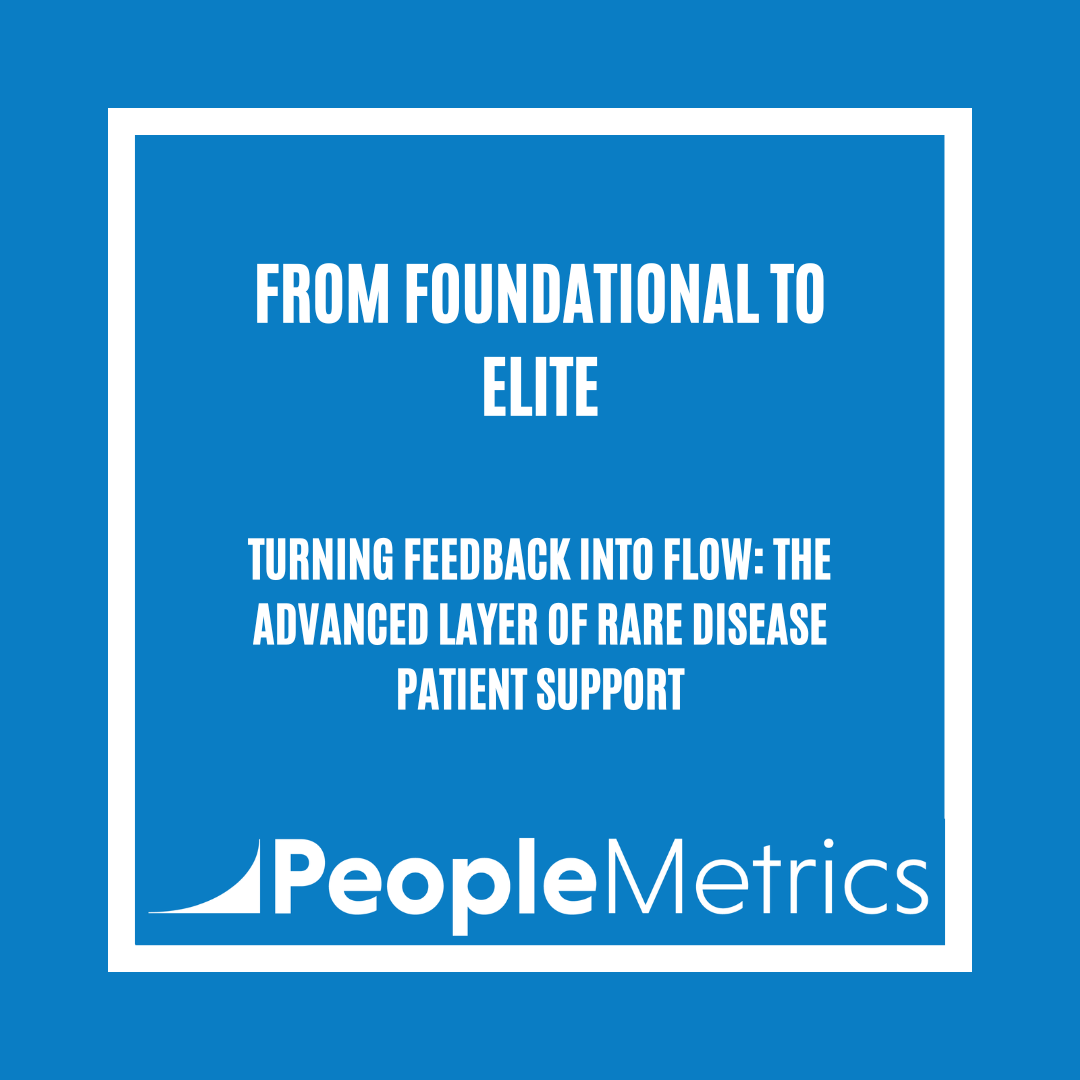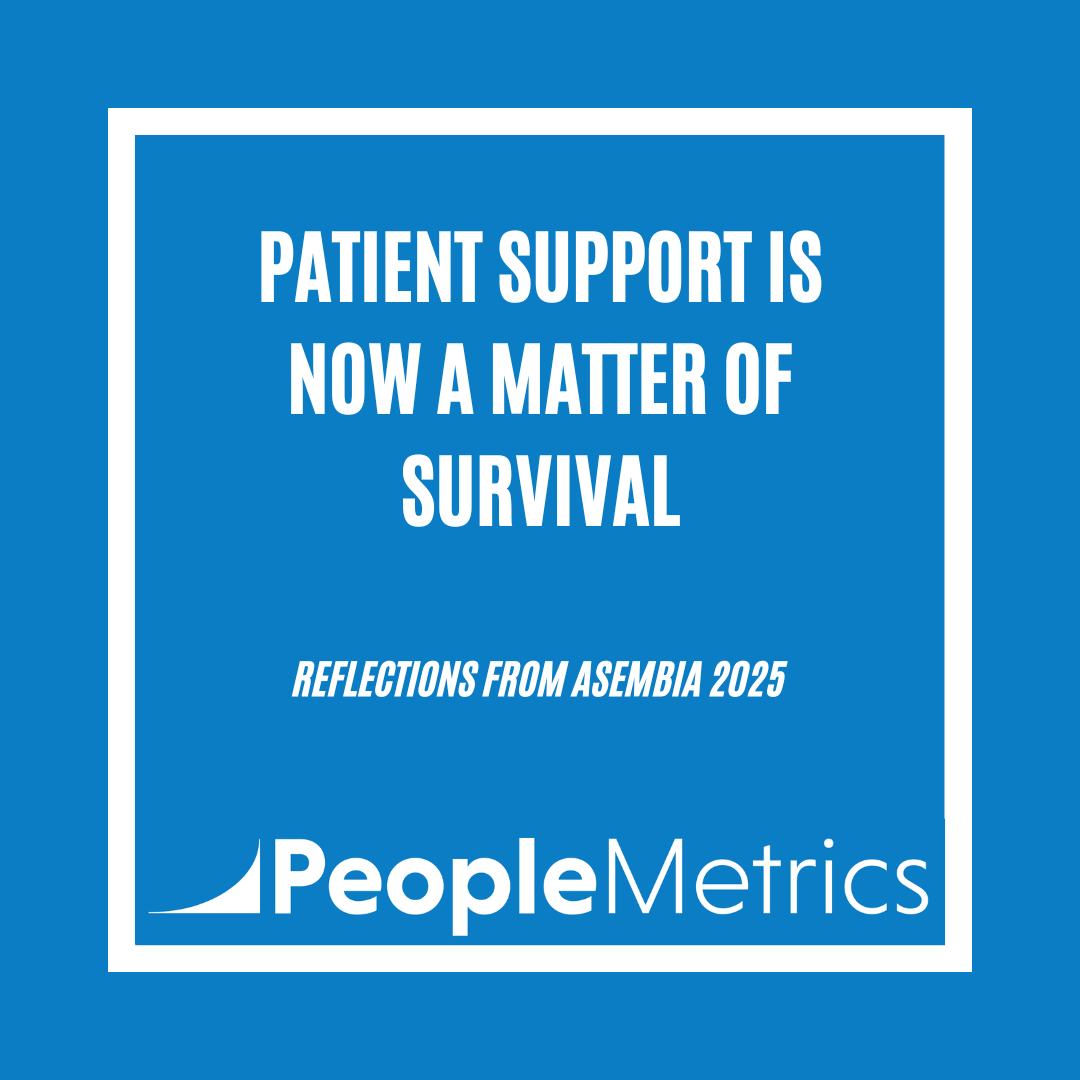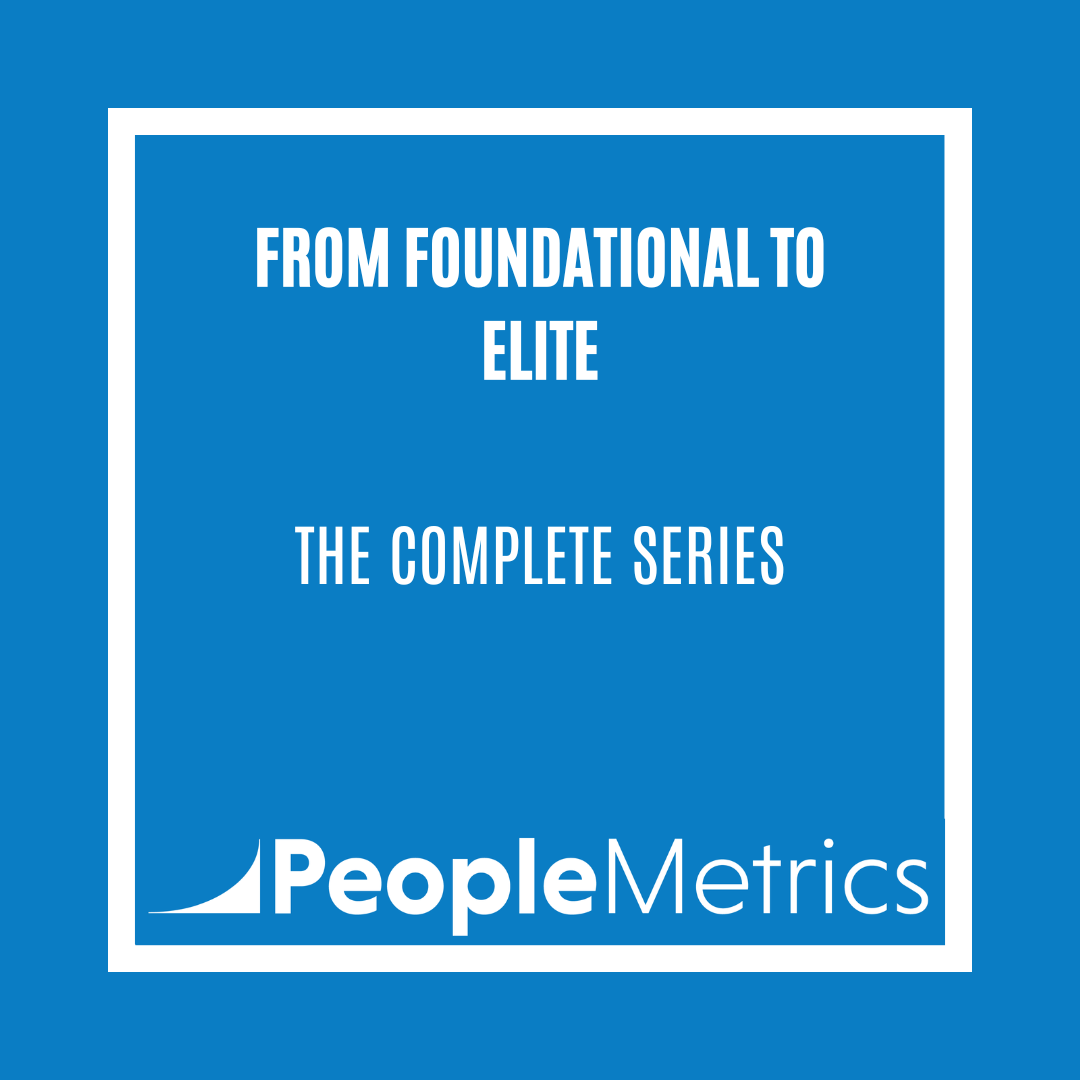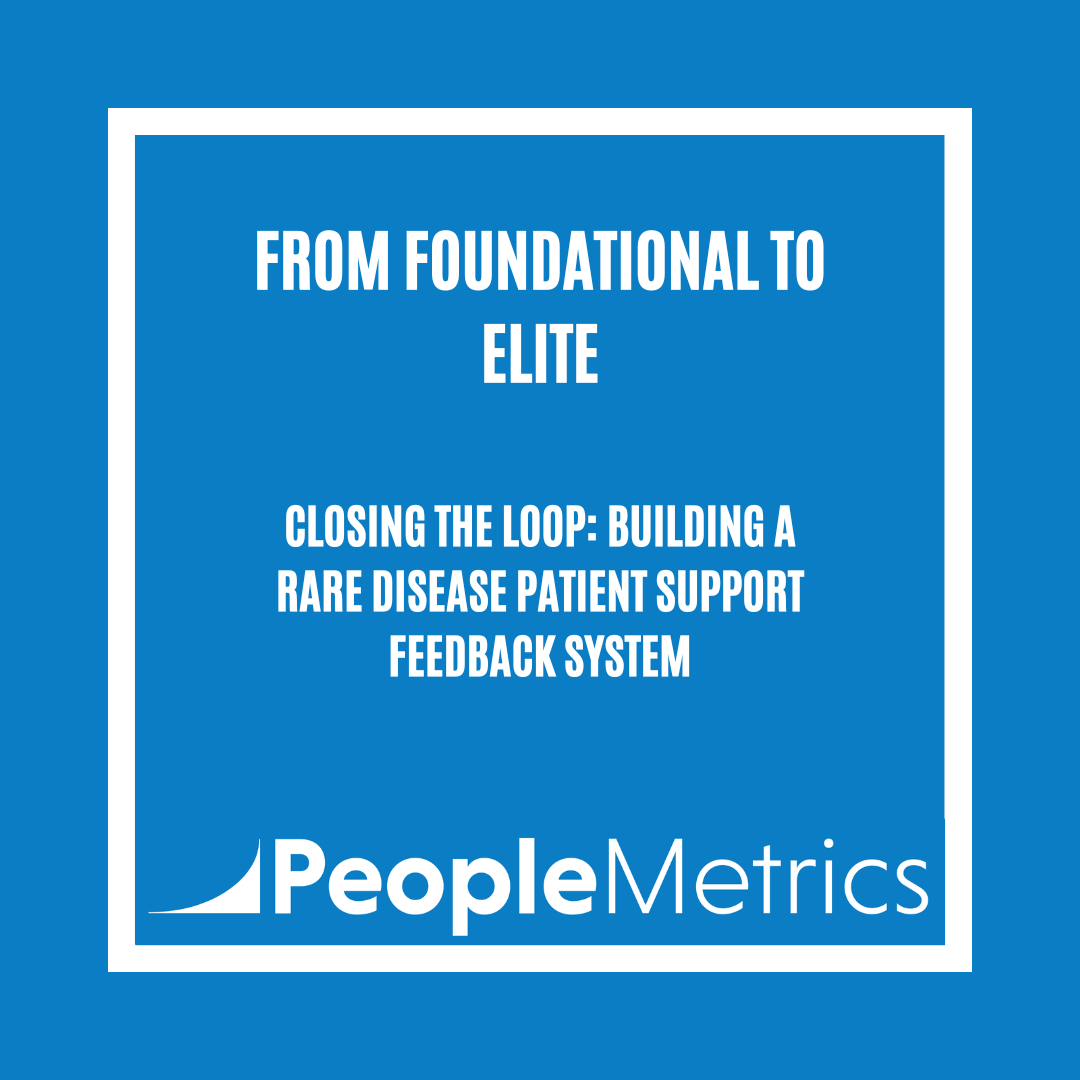Once your rare disease support program has the basics in place — annual relationship survey and post-call feedback — the next step is shifting from periodic listening to continuous engagement.
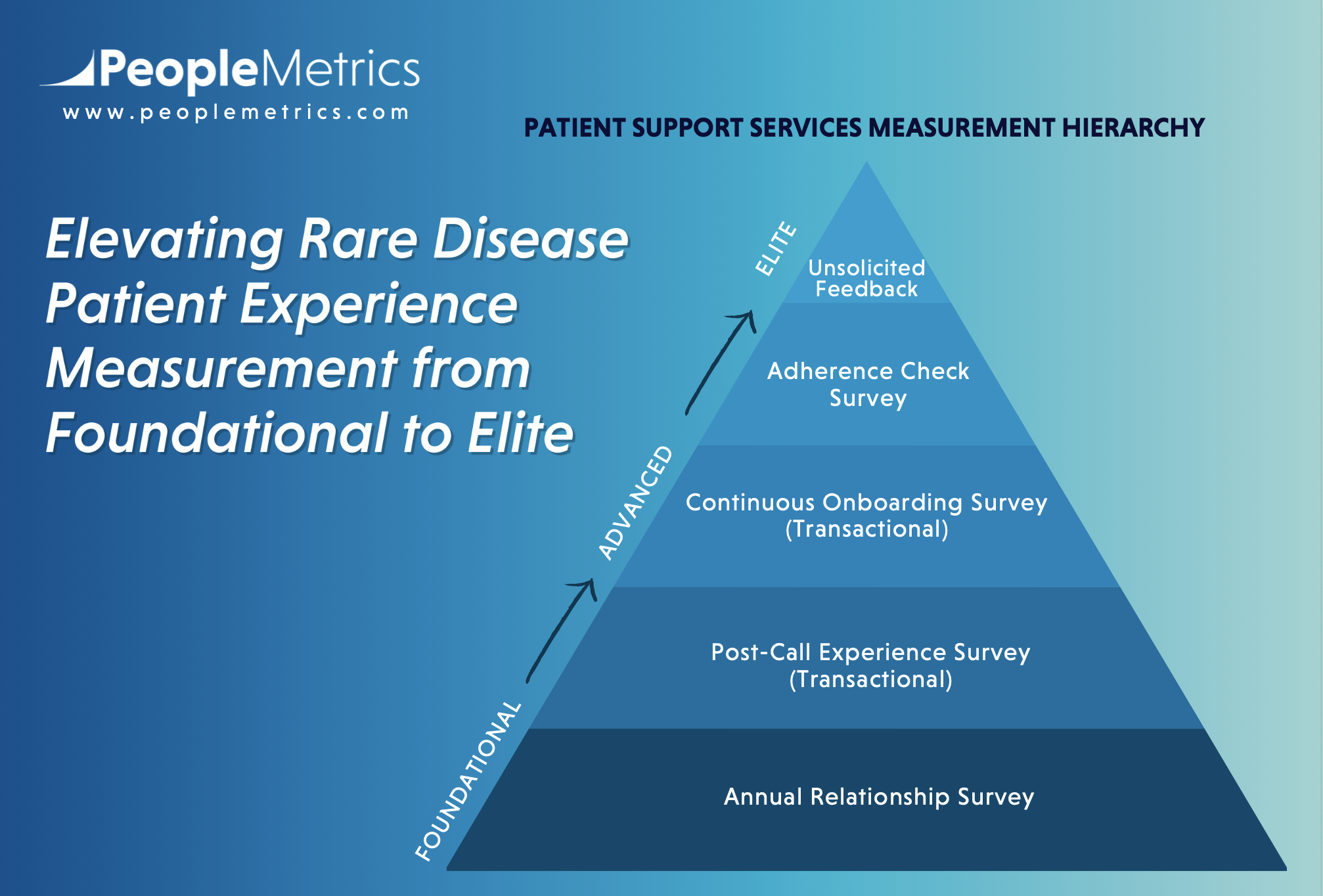
This is where patient experience (PX) measurement begins to truly influence how the support journey is delivered, not just evaluated.
At PeopleMetrics, we call this the advanced layer of PX measurement — and it’s built around two critical moments in the patient journey: onboarding and adherence.
- Continuous Onboarding Feedback: Catch Friction Early
Onboarding is a make-or-break phase. If it’s slow, confusing, or frustrating, patients may disengage before they ever receive treatment.
By sending a short, timely survey to patients shortly after they enter your support program, usually after the welcome call, you can:
- Identify pain points in the enrollment process
- Catch misunderstandings about access or coverage
- Assess initial impressions of your support team
- Make quick fixes before those issues snowball
At PeopleMetrics, we’ve developed a set of 15 proven onboarding questions that have been vetted by legal teams across multiple pharma organizations.
These questions come with benchmarks from other rare disease programs and give patient support teams a head start in evaluating this critical experience milestone.
These questions help you launch faster — and with confidence — so you can start improving right away.
This stage is best for improving speed to therapy, reducing drop-off, and building trust early.
A common mistake is treating onboarding as a one-time checklist instead of a crucial experience moment.
- Adherence Milestone Check-Ins: Keep the Journey on Track
Treatment for rare disease is rarely linear. Patients face ongoing challenges with insurance, logistics, side effects, and emotional strain.
By embedding surveys at key milestones — for example, 90 or 180 days after treatment begins — you can:
- Identify where support may be slipping
- Surface new barriers patients are facing
- Improve long-term adherence by responding to real-time concerns
- Detect patterns in patient drop-off and act proactively
These check-ins provide a feedback loop that travels with the patient, rather than standing still.
This is best for sustaining engagement, tracking longitudinal experience, and improving outcomes. It’s important to note that a common mistake is relying solely on call center notes to understand patient sentiment around adherence.
Why the Advanced Layer Changes the Game
What separates good patient support programs from great ones? Anticipation. Responsiveness. Momentum.
The advanced layer turns PX from something that’s measured after the fact into something that actively shapes the patient’s experience in the moment.
This isn’t just about asking more questions. It’s about embedding feedback into your patient support operations, empowering your team to respond quickly, and making patients feel heard at every step.
In rare disease, where every patient matters and every delay can hurt — this level of insight makes all the difference.
What’s Next?
If you’re already listening during onboarding and adherence, there’s one more frontier: understanding what patients are saying when they’re not filling out surveys!
In the next post, we’ll explore the elite level — how to use operational data to mine unsolicited feedback and truly listen without asking.
P.S. If you are attending Asembia in Las Vegas the week of April 28th, stop by our booth #1923, we would love to say hello!

